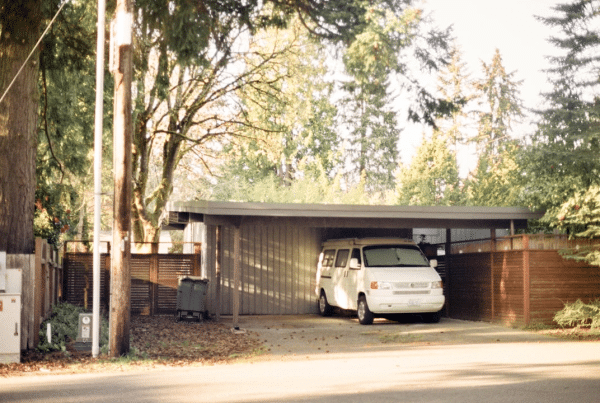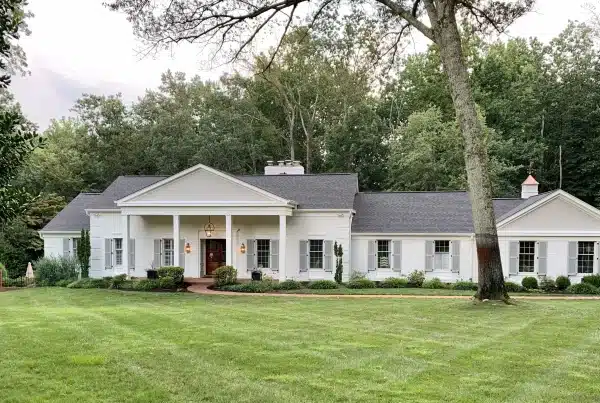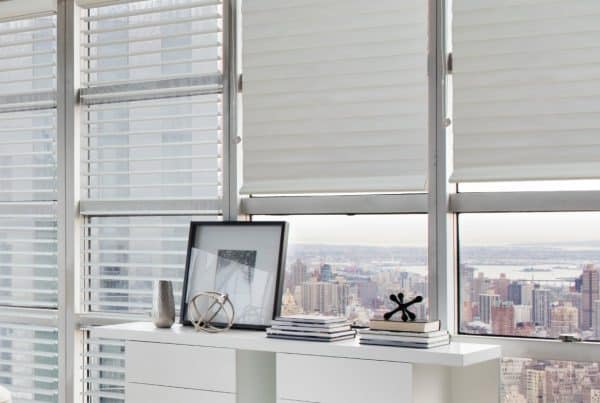You’re running out of room, and you’re in desperate need of more square footage. You’d rather not move to a different house. You love the neighborhood, and you don’t exactly feel like packing up everything and trying your luck somewhere else. So, is there a way to get what you need while staying exactly where you are?
Of course. You can increase your current home’s size so that you can stay put. These are some options you can consider for boosting your home’s usable square footage.
Install Dormer Windows
Dormer windows are added to the sides of steep, sloped roofs to bring more natural sunlight and ventilation into attics. Since dormer windows protrude from the sides of the roof, they add a little bit more square footage to the interior of the attic. Making these small additions could give you some extra space to tuck away furniture or storage boxes.
Finish Your Attic
Speaking of your attic, if your attic is going relatively unused, you should finish it and turn it into a more functional space — like a guest bedroom.
Start by cleaning out the dust and cobwebs that have been gathering for years. Then, install electrical and plumbing connections up there. Insert a subfloor and put insulation along the walls and ceiling. This is a great idea, even if you don’t intend to use your attic as a living space. Insulating your attic walls can help your home’s indoor temperature stay moderate throughout the year, and it can reduce your energy consumption.
After adding insulation and subflooring, cover it. Drywall over the walls and place flooring over the subfloor. Install light fixtures, put in plumbing fixtures and paint the walls. Then, you can move your belongings upstairs.
Finish Your Basement
Do you have an unfinished basement? Is it a dark, damp area that you only use to do your laundry? That could change. If you finish your basement, you could add an entire level’s worth of usable space to your house. You could put a living room, a guest room, a home office or even a hobby nook in there. There are lots of possibilities.
The process of finishing your basement is similar to finishing your attic. You’ll need to clean the space and install any important connections for electrical and plumbing, if you don’t have any already. Then, you’ll want to install a subfloor and insulation on the walls, and then add flooring and drywalling over them.
Be careful about the type of flooring material that you choose for below-grade levels. You cannot put hardwood down there, as it’s prone to warp. If you like the look of hardwood, you can choose vinyl flooring. Vinyl flooring is much better for below-grade levels, and it can mimic the look of natural wood grain.
Install plumbing and light fixtures. You’ll want to add plenty of light fixtures since you won’t have as much natural light in your basement — if any at all. Then, paint the walls. Choose a lighter shade of paint. This will reflect light and prevent the space from looking dim.
Do a Bump Out
A bump-out addition is an option if you don’t have the outdoor space or the budget to do a full-scale addition. It’s a small addition, usually increasing the size of an existing room or creating a new, small room (like a powder room). It typically gives the interior 10 to 15 feet of extra space.
Expand Outward
Maybe a bump-out isn’t enough for you. In that case, you should consider a more conventional home addition. A conventional home addition is when you attach a multi-room structure to the house, which is supposed to blend seamlessly with the original interior. You can do this by building over available space in your backyard, essentially extending the back of the house.
Add Another Story
If you can’t expand deeper into your yard, you might be able to expand upward by adding another house level. This option will depend on your local zoning laws, your budget and the current size of your home. If you have a one-story home, this could be an effective solution for adding a lot more space.
Enclose a Porch
Do you have a front porch? Why not enclose it? Turn that outdoor space into an indoor space!
An enclosed porch may not be the most desirable spot to convert into a bedroom or kitchen, but it can make for an excellent transitional space like a mudroom. Or you could turn it into a sitting room. Enclose the porch with glass panels so you’ll have an excellent view when you’re lounging in the sitting room.

Build an Accessory Dwelling Unit
An accessory dwelling unit (ADU) is a small, secondary living space available on your property. It is sometimes referred to as a granny flat or in-law suite because it’s commonly used by homeowners that want to have their elderly parents live nearby.
There are two types of accessory dwelling units: attached ones and detached ones. An example of an attached version would be a basement apartment, while an example of a detached one would be a tiny home placed in the backyard.
How do you build a detached accessory dwelling unit? One of the simplest ways is with the help of a shipping container. Shipping containers are durable, weather-resistant structures that can be conveniently modified into compact living spaces. If this option piques your interest, find out how much does it cost to build a shipping container home from scratch. The plan could be well within your budget.
If you don’t want to build an accessory dwelling unit, a shipping container can still be useful to you. It can be converted into a home office, a hobby shed, a storage unit — whatever you’d like! Doing this could help you free up a room or two inside your house, giving you the extra space that you’ve been looking for.
You don’t have to move into a bigger home. You’re completely capable of adding some extra space to your house. Take these options into consideration and start making your remodeling plans!








